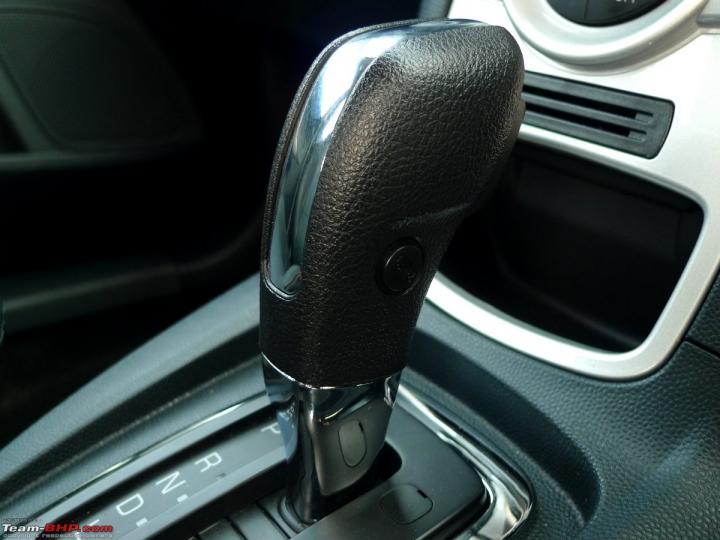News
Ford knew its DCT gearbox was defective
According to a report by Detroit Free Press, Ford knew about the problems its dual-clutch transmission had before the cars equipped with it went on sale. The transmission was first used in the 2011 Fiesta followed by the 2012 Focus. The report found at least 4,377 complaints to the US National Highway Traffic Safety Administration (NHTSA) for transmissions of the 2011-16 Fiesta and 2012-16 Focus.
The report suggests that many of the cars suddenly lost power on freeways, or sometimes even drove into intersections on their own, resulting in accidents. The cars were repaired multiple times, but the problem still remained. Ford had instructed dealers to tell customers that the cars operated normally. The company also ran out of parts for the fix - it is said that 1.5 million defective cars still remain on the road.
Over the years, Ford tried fixing the problem and spent hundreds of millions of dollars and now faces legal cases that could pose a serious financial risk to the company. The carmaker tried tweaking the transmission, adjusting the calibration, clutch materials and fixing a seal leak. Prior to the transmission being used, engineers reported judders and vibrations. They also said that a driveable calibration could not be achieved and that the clutch torque delivery must be improved. It is also said that quality was compromised to save costs.
In 2008, Ford's lawyers had warned engineers about safety issues after issues cropped up in Volkswagen's dual-clutch transmission. Ford used the transmission in low-priced, high-volume vehicles. It is said that the transmission’s tendency to slip out of gear combined with other conditions would result in a “Severity 10” rating. This is the worst possible rating under global engineering protocols. There was no mechanism to warn the customers before a failure. It is said that during the development of the car, 23 red alerts related to calibration were issued and 115 software changes were needed, but the issues only increased as the launch date neared.
Ford had barely scraped through the recession and sales had also fallen. To make matters worse, fuel prices increased and fuel economy standards were tightened. In a bid to get high volume cars on sale, the Fiesta and Focus were put in the market with the defective transmissions. The dual-clutch transmission also helped Ford claim an efficiency of nearly 40 mpg on the highway.
Customers reported problems within months of the Fiesta going on sale, but it became worse with the Focus as it was heavier and demanded more from the transmission. Design and release engineers, calibration development engineers, manufacturing engineers, customer service engineers and transmission engineers knew that the transmissions were bad, but kept it quiet. The upper management was not informed of the unfolding crisis at the start.
























